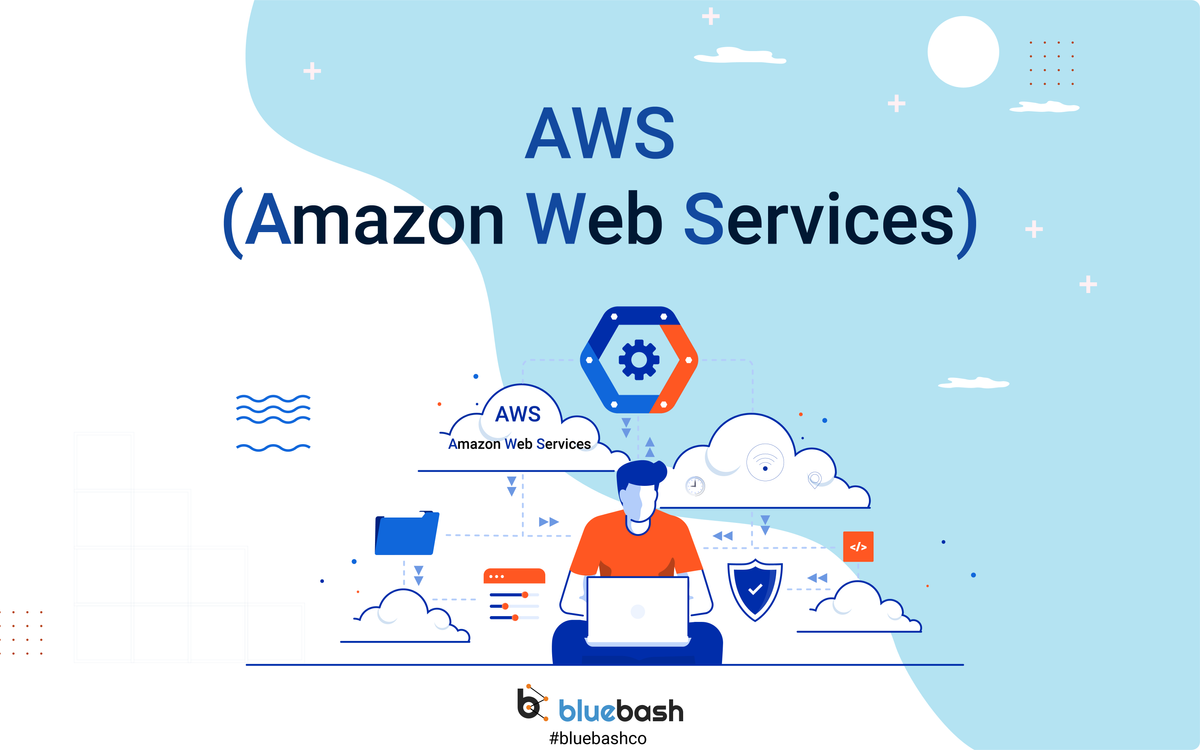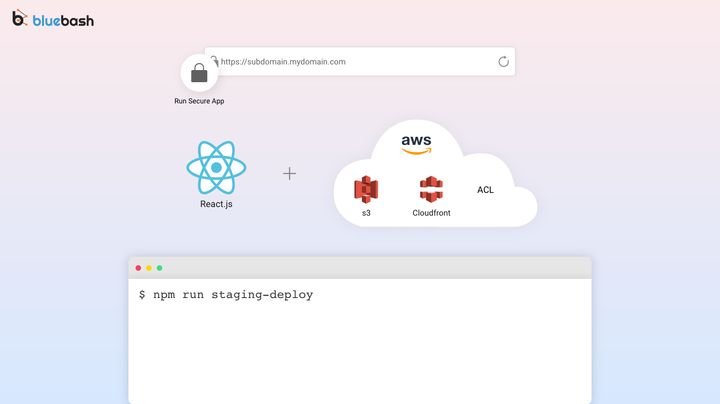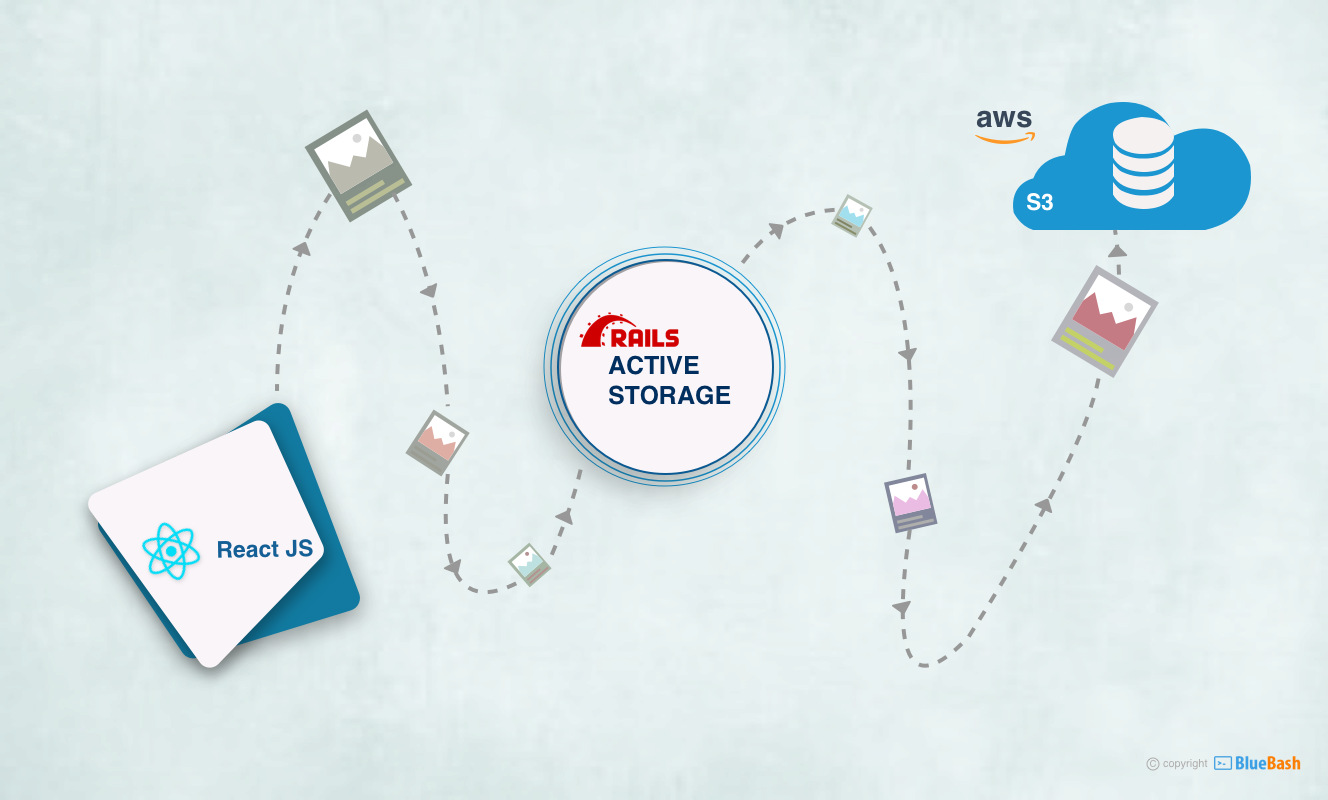AWS (Amazon Web Services)

Introduction: Amazon Web Services (AWS) is a scalable cloud platform that provides multiple different kinds of services like storage, servers, networking, email service, etc. It has become the most broadly used platform worldwide because of its fully-featured available services.
AWS provides two types of models that are Deployment model, the Service model.
DEPLOYMENT MODEL:
- Public Cloud: The services access to the general public.
- Private Cloud: The services access to the organization.
- Hybrid Cloud: Both public and private, depending upon the requirements.
- Community Cloud: The services accessed within the group of organizations.
SERVICE MODEL:
- Infrastructure as a Service: It is a supply of technology infrastructure on-demand basis. It provides access to fundamental resources.
- Platform as a Service: It provides an on-time environment and runtime environment on-demand basis for the developers and testing.
Software as a Service: It provides the complete software solution on-demand basis through pay as you go and subscription.
Three major reasons to go for AWS as your Cloud Platform:
- Scalability: AWS provides load balancers and auto-scaling facilities to keep up your performance. You can scale up and down your resources as per the requirements.
- Pricing: AWS has adopted a pay-you-go model for pricing. In other words, pay as per the need. This makes the cloud platform attractive and affordable.
- Security: AWS has data security. Wherever the data is located, it is being managed internally by the company itself or externally by a third party.
Top Services AWS is known for:
- Amazon EC2 (Backbone of AWS): It stands for Amazon Elastic Compute Cloud and is majorly known for launching virtual servers. With EC2 services, develop your application and launch on the cloud. Amazon EC2 is scalable, lets you scale up if your application meets with high traffic.
EC2 specialized in workload types and applications, such as memory-intensive and progressing the computing job. EC2 works with putty (a popular SSH and Telnet client). Putty is an open-source terminal emulator. It is a network file transfer application. We connect secure shells through putty software. - Amazon S3: It stands for Amazon Simple Storage Service. It is being used by a large variety of audiences irrespective of their required size. Amazon S3 provides an easy interactive model so you can configure control access and organize your data the way you want. Amazon S3 stores data in the form of a bucket. You can use S3 to store or retrieve data from anywhere.
- Amazon SES: It stands for Amazon Simple Email Service. It is based on minimal setup, maximum deliverability. Amazon SES lets you send emails to a large number of customers as per need from the application itself. Amazon SES email authentication feature secures the identity of sender reputation. Amazon SES lists the report of bounce and complaint rate on the dashboard.
Conclusion:
In simple words, AWS is the best solution for a business model where you need diverse services like email, storage, hosting, etc. AWS provides you all in a single platform with all-time high performance.



